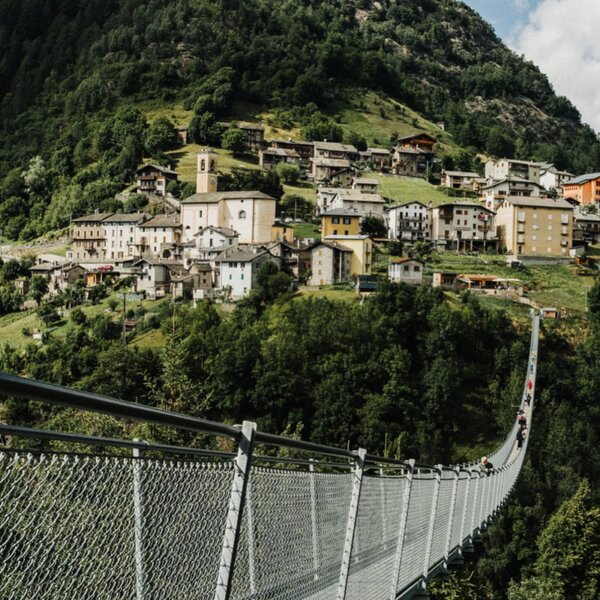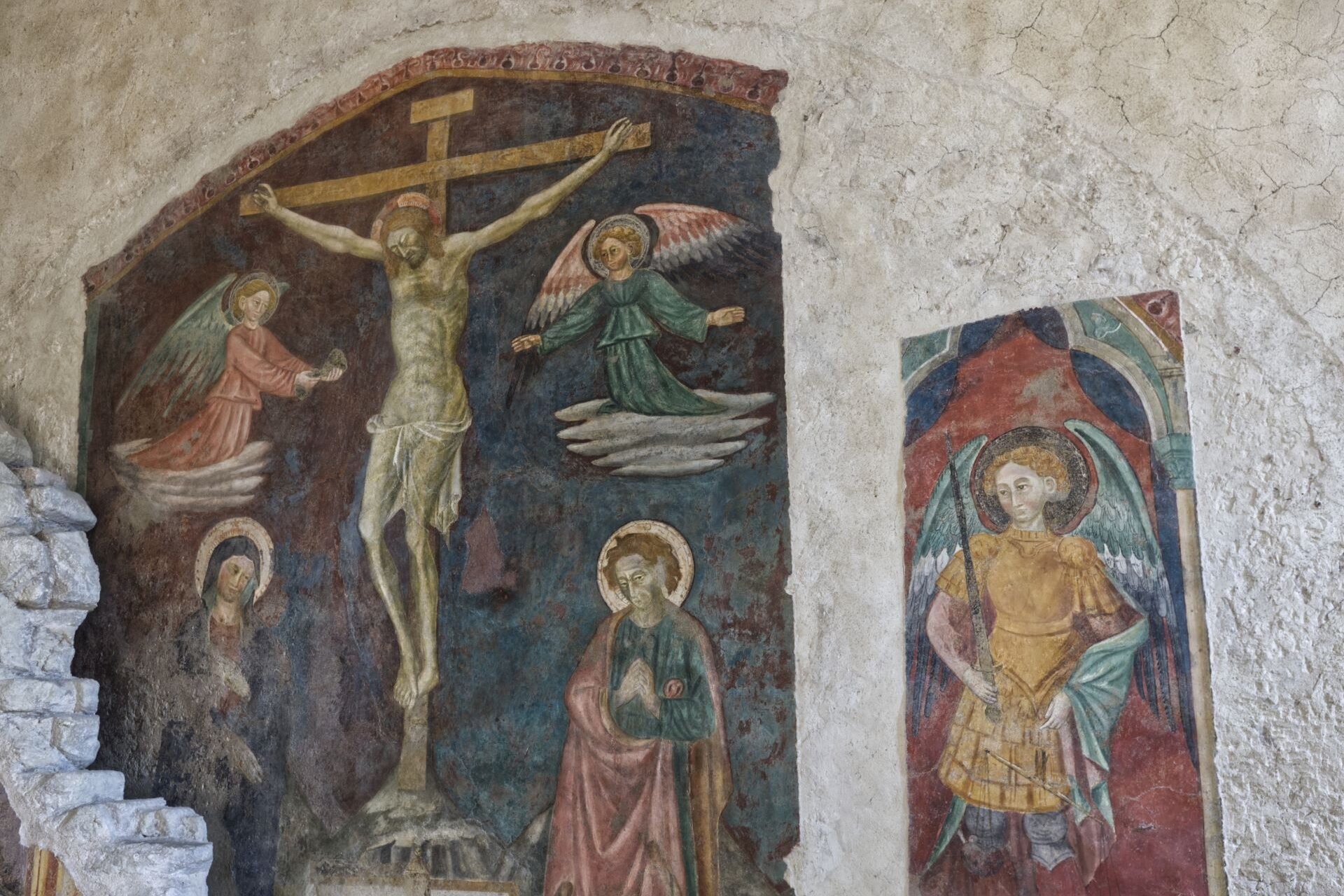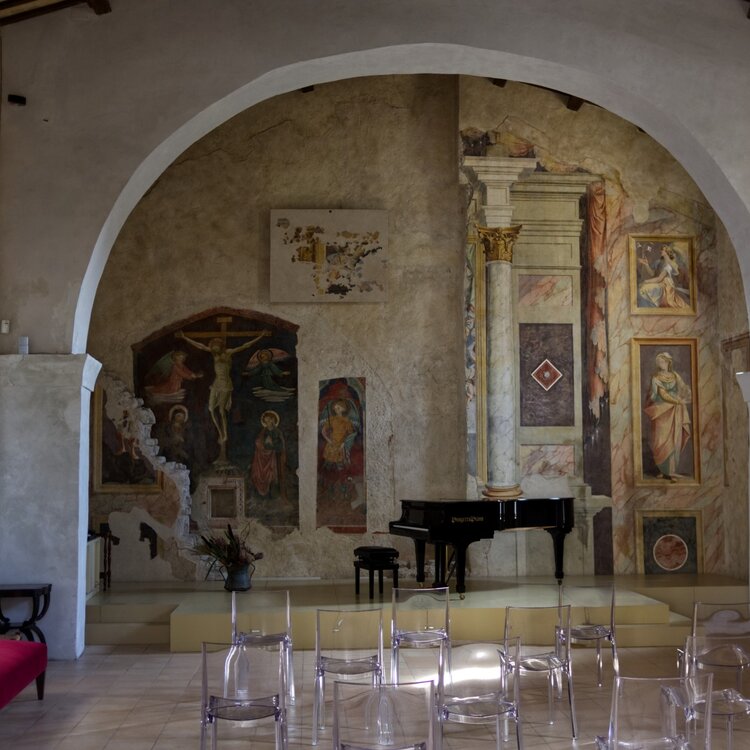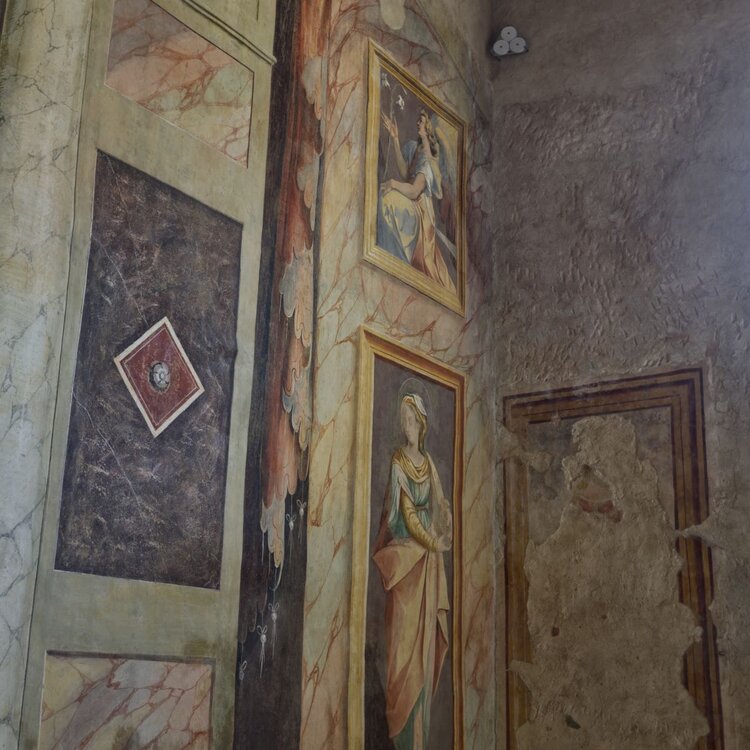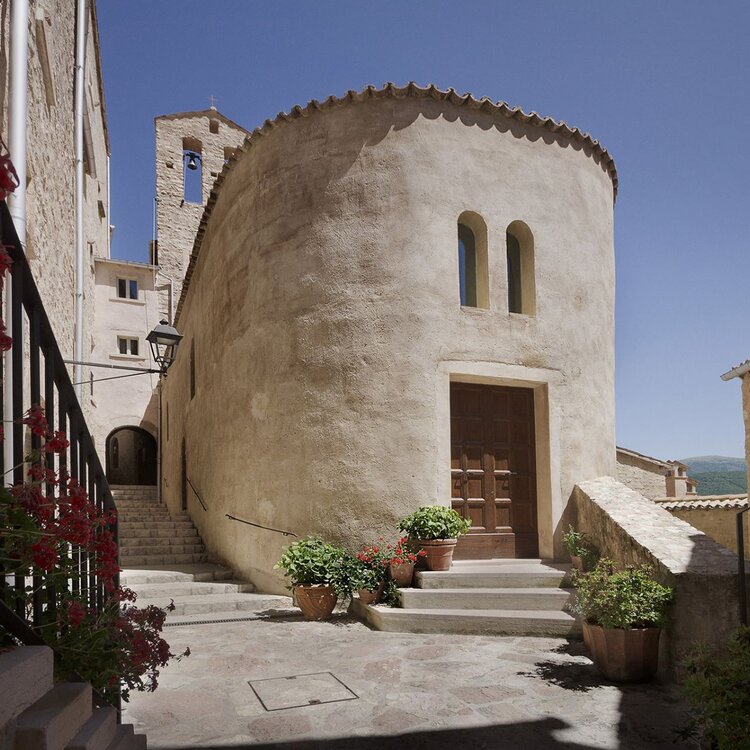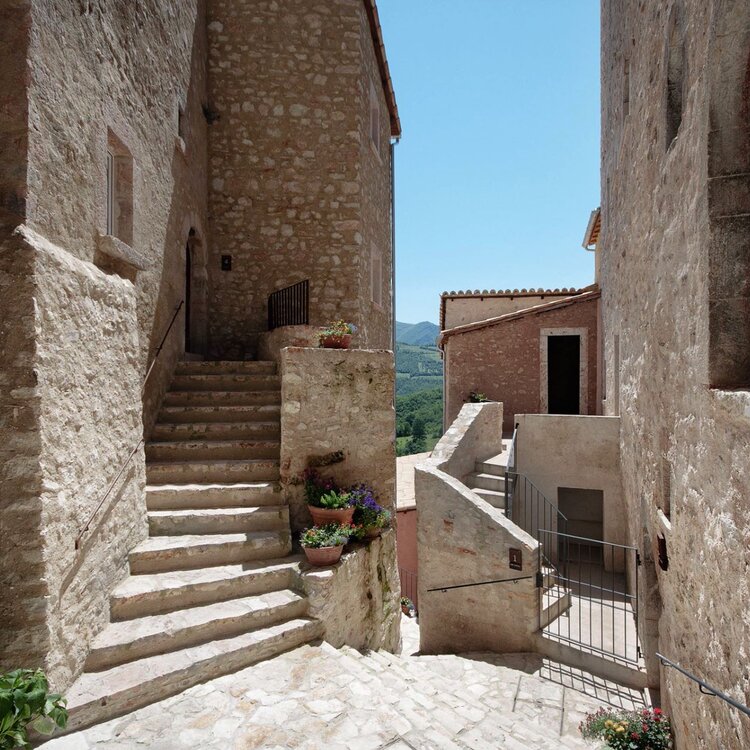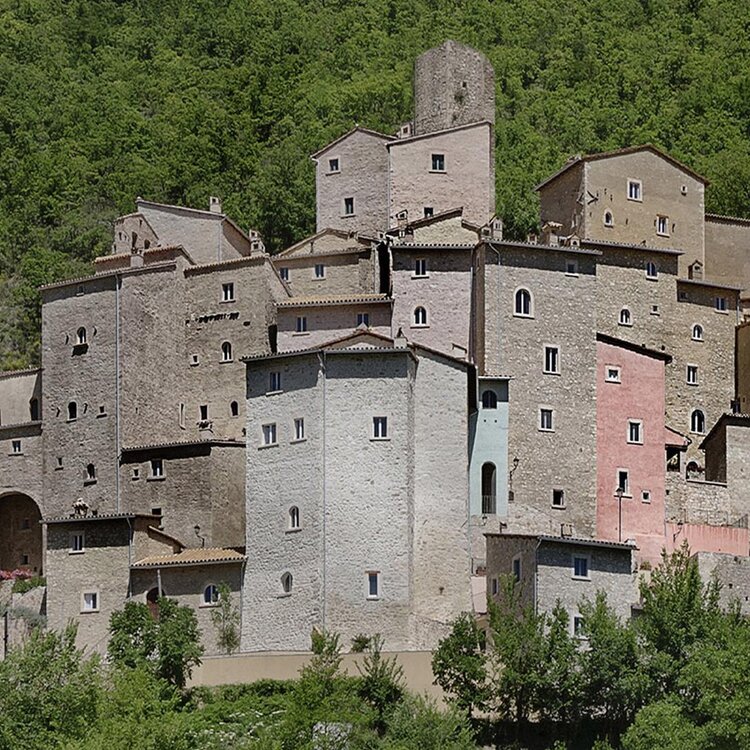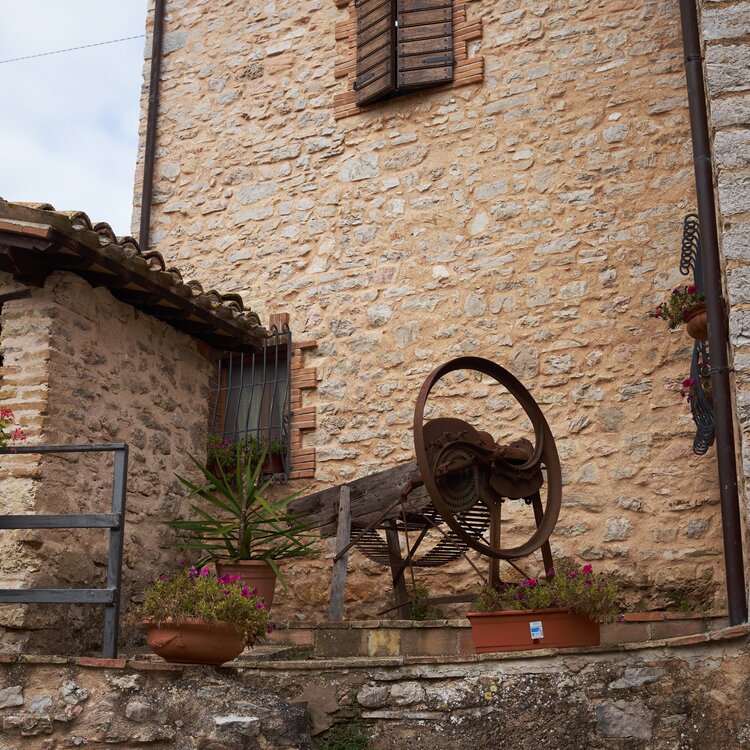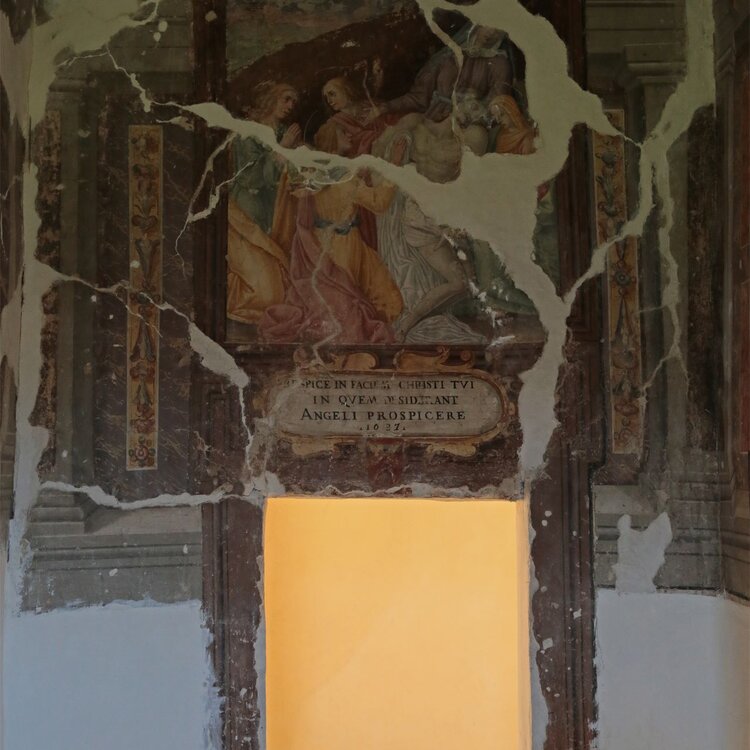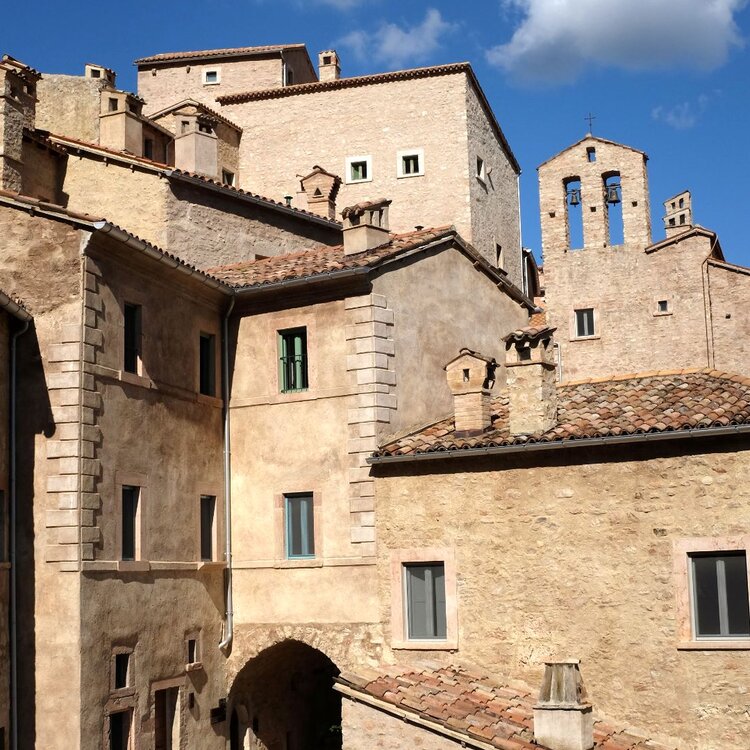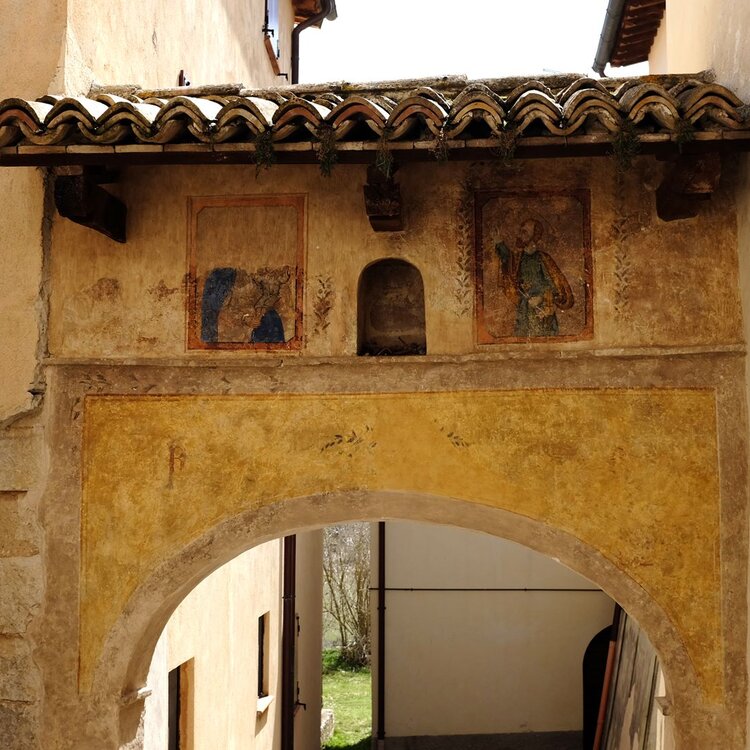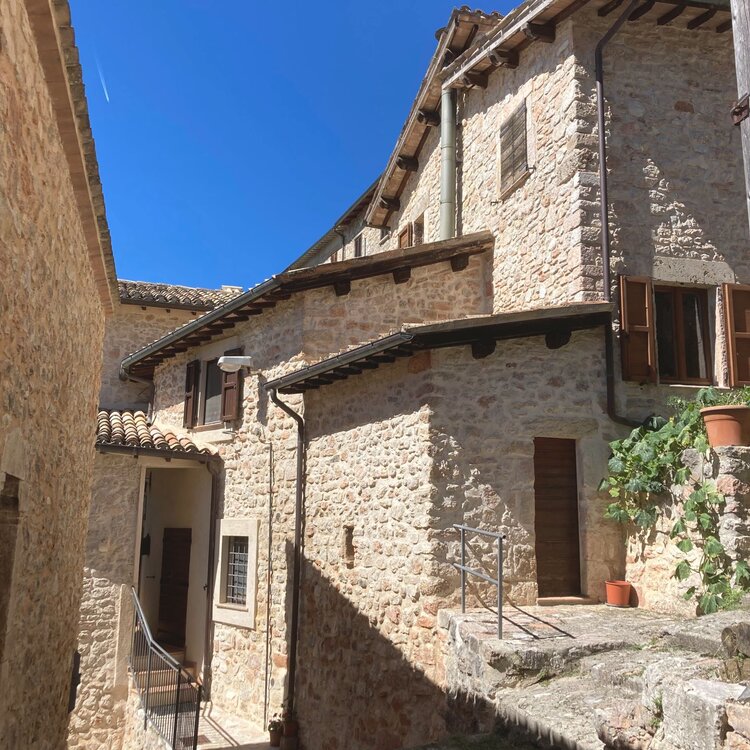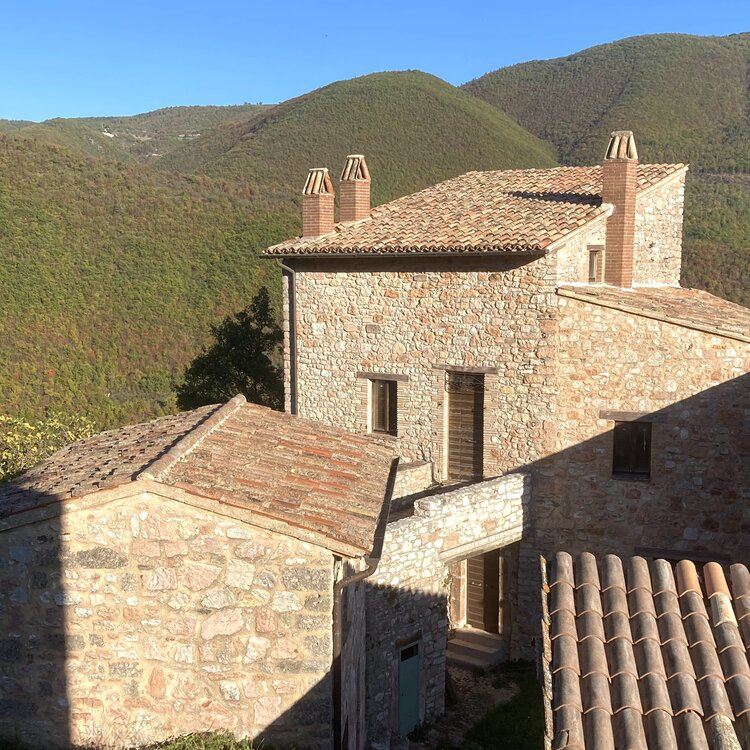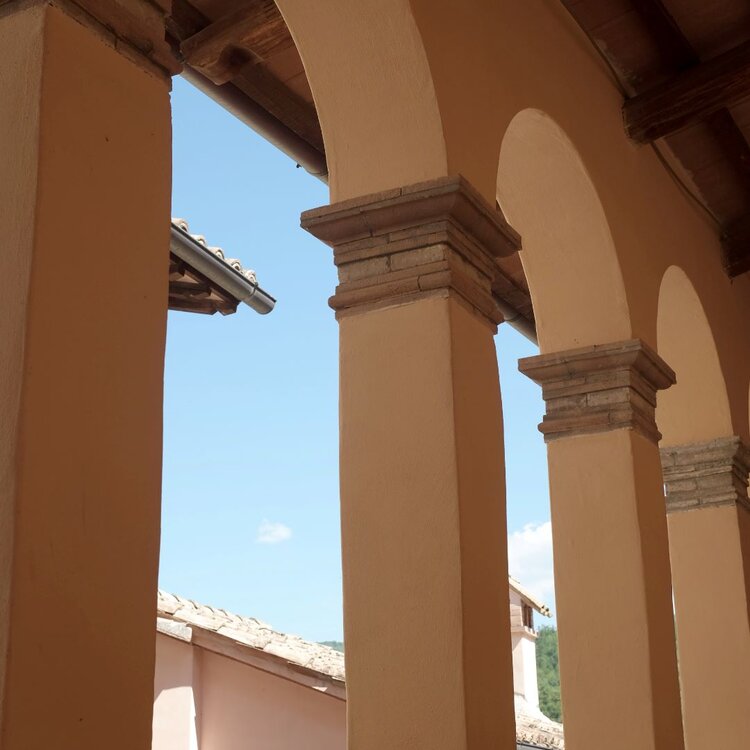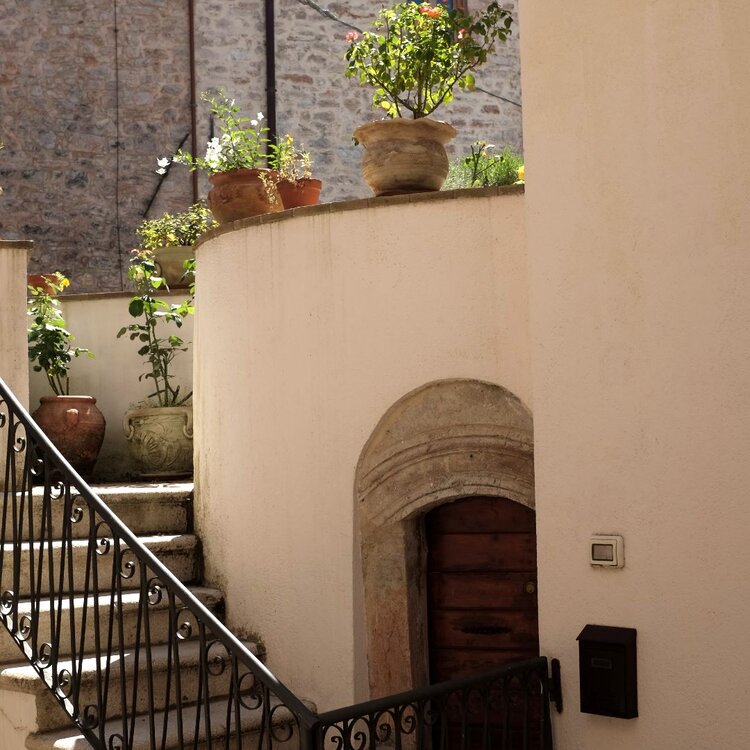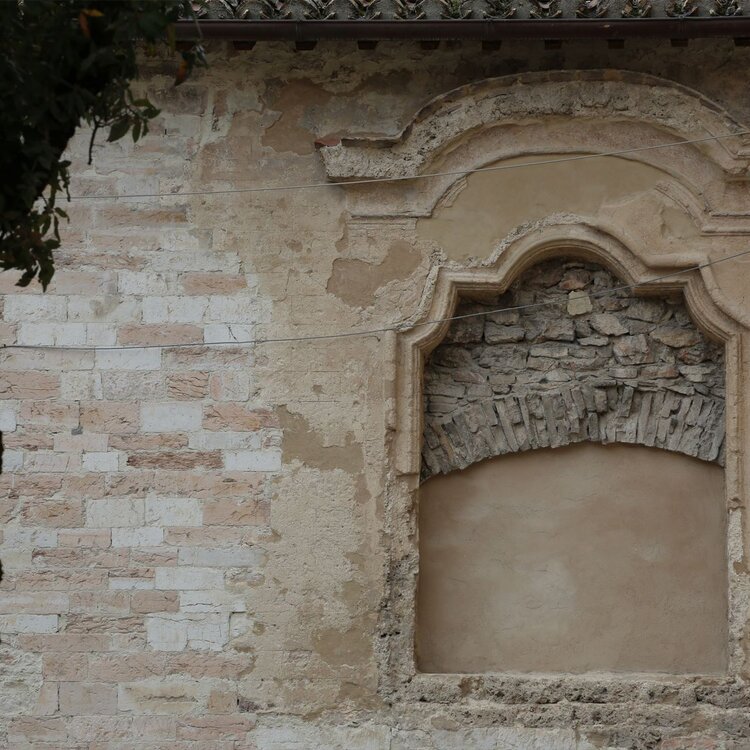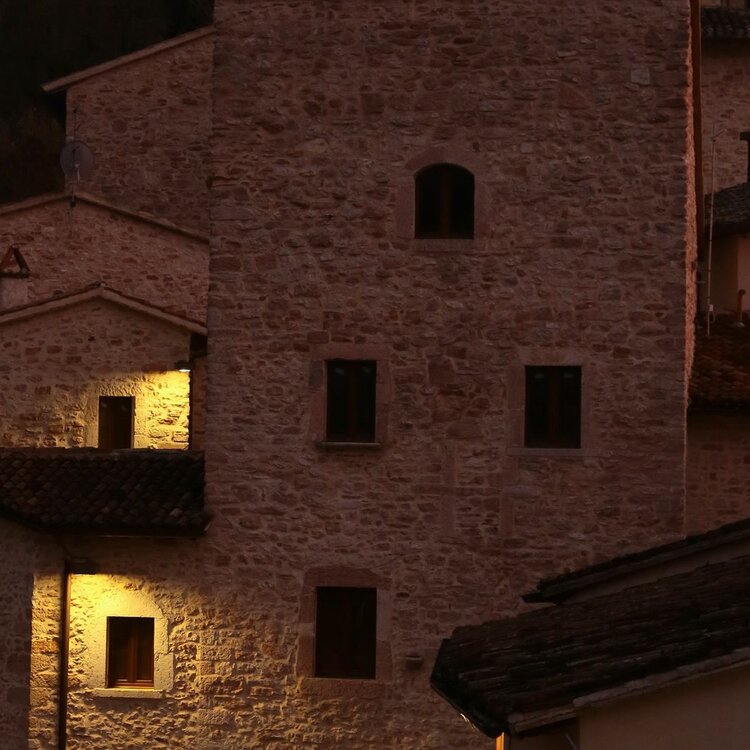Ancient limestone houses clinging to one of the peaks of the Umbrian Apennines: this is how the village of Sellano appears to visitors.
But in and around it, there are plenty of lush forests, wildlife, mushrooms, truffles and clear water, and it hides treasures and wonders that escape a first glance to reveal themselves, in all their beauty, to more attentive and curious eyes.
The origins of this quaint village date back to Roman times, when it is likely to have been a military outpost. But from the way it looks now, Sellano turns out to be entirely late medieval.
Located at a crossroad, overlooking the valley of the Vigi River, the village of Sellano played a central role in controlling the area throughout the Middle Ages. When Lombard rule ended, it was subjected to the Duchy of Spoleto in the 13th century and remained under Spoleto and the Papal State jurisdiction until modern times when, in 1860, it was annexed to the newly formed nation of Italy, expanding its control over neighbouring territories and castles.
Today, strolling through the streets of the centre, one can admire elegant aristocratic buildings made of local stone, such as the municipal building, where there are still precious mementos of 15th and 16th century frescoes; the church of San Francesco, with 16th-century wooden or stone altars inside; and the Church of Santa Maria Assunta, which holds the remains of Blessed Jolo, a hermit who lived in the 13th-14th centuries and is the current co-patron saint of Sellano.
The uncertain origins of its name:
There are several theories about the origin of the name Sellano. According to some scholars, the term supposedly derived from the Roman tribe of the nation of Suilla or Syllinates, mentioned by Pliny the Elder in his work called Naturalis Historia. According to others, it originates from the name of the Roman leader Lucio Cornelio Silla, who found refuge in these parts after the civil wars. However, according to more modern tradition, the name derives from the term “saddle,” meaning “mountain pass.” The latter assumption is reflected in the municipal coat of arms, depicting the Archangel Michael standing on a saddle.
